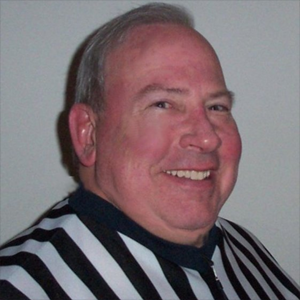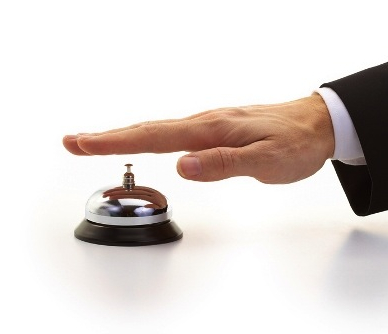
Rndballref
20 Years Experience
Chicago, IL
Male, 60
For twenty years I officiated high school, AAU and park district basketball games, retiring recently. For a few officiating is the focus of their occupation, while for most working as an umpire or basketball referee is an avocation. I started ref'ing to earn beer money during college, but it became a great way to stay connected to the best sports game in the universe. As a spinoff, I wrote a sports-thriller novel loosely based on my referee experiences titled, Advantage Disadvantage
Putting the wrong player on the line for free throws is one of 5 correctable errors IF it is recognized by an official no later than during the first dead ball after the clock has properly started. If the wrong person was awarded free throws and it is recognized in a timely fashion, the free throws are cancelled and the correct player is awarded the free throws.So, for example the wrong player makes one of two free throws and then the clock is started and a team makes a field goal (the ball is dead after a made basket). Once the other team obtains the ball to put it in play (the ball is live when it is at the disposal of the throw in player) it is too late to correct the error.You can see what a mess this is - best advice for officials, get it right the first time.
This is a tough question. There was a Wall Street Journal article which addressed the grey areas of what an assist is. Here is a quote from that article:
"The NBA statistician's manual says an assist should be "credited to a player tossing the last pass leading directly to a field goal, only if the player scoring the goal responds by demonstrating immediate reaction to the basket." It sounds simple enough. As assist is a pass made to a shooter who scores. But when you try to apply this definition during a game, it gets murky. There are no details about how many steps shooters can take after receiving a pass; nothing about shot-fakes, head-fakes or pivot moves and no hard guidelines on how much time can elapse between the pass and the shot.
yes, the arrow changes once the ball it at the disposal of the throw in player.
Ok. Situation 1: Offensive player A1 drives, shoots the ball while in the air and is fouled by defensive player B1 (before A1 returns to the floor). A1 is considered an "airborne shooter" until he hits the ground and is considered in the act of shooting. Count the basket and award one free throw.
Situation 2: Offensive player A1 drives, shoots the ball and lands back on the floor and is fouled by B1. Possession ended when the shot is released and the shooter is no longer an airborne shooter in the act when he lands on the floor. So when he is on the floor it is a common foul on B1 and award the ball to team A or free throws if in bonus. Count the basket by A1.
Situation 3: Offensive player A1 shoots the ball, ball goes in, and A1 crashes illegally (before landing on the floor) into B1 who has obtained legal guarding position, player control foul on A1. Ball goes to team B and no free throws. Wipe out made basket by A1.
Situation 4: Offensive player A1 shoots the ball, lands on the floor, ball goes in and A1 fouls B1. Count the basket. Common foul on A1, free throws for B1 if in bonus, otherwise ball goes to team B.
Hotel Front Desk Agent
 Why do hotel room toilets clog so easily?
Why do hotel room toilets clog so easily?
Certified Nurse Aide
 Are there social cliques (like "cool kids") in old folks homes?
Are there social cliques (like "cool kids") in old folks homes?
Audiologist
 Can just one loud concert do serious damage to your ears?
Can just one loud concert do serious damage to your ears?
As I have stated before, refs can ask the home management function to eject fans from the gym. The refs have to be careful because after the game they may have to answer to the assignment chairman after the coach or principal complains. Anyway, during a game if I wanted to eject a fan I would not let the game proceed until the fan was ejected.
yes if he changes the call right away. it looks sloppy, but if it is the right thing to do he should reverse it.
The link you provided showed Curry being pushed from behind while dunking the ball. In high school it definitely would be a foul, basket good.
-OR-
 Login with Facebook
Login with Facebook (max 20 characters - letters, numbers, and underscores only. Note that your username is private, and you have the option to choose an alias when asking questions or hosting a Q&A.)
(A valid e-mail address is required. Your e-mail will not be shared with anyone.)
(min 5 characters)
By checking this box, you acknowledge that you have read and agree to Jobstr.com’s Terms and Privacy Policy.
-OR-
 Register with Facebook
Register with Facebook(Don't worry: you'll be able to choose an alias when asking questions or hosting a Q&A.)